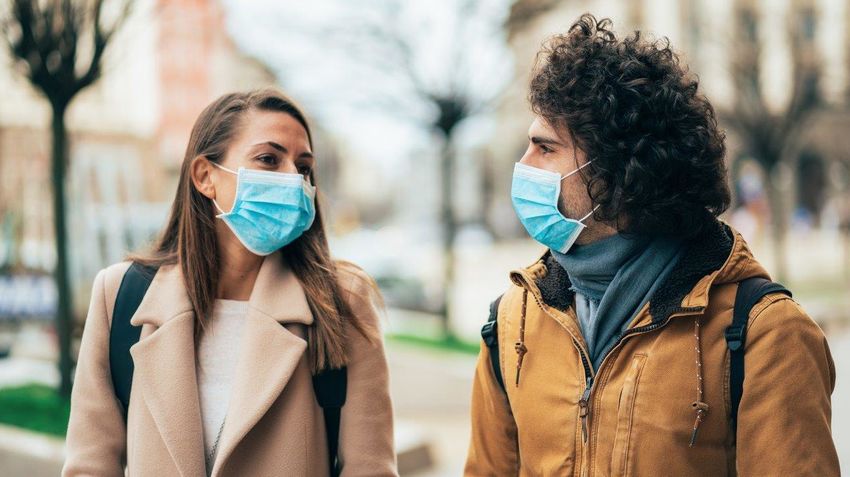
COVID-19 is changing our appearance in public, and researchers are beginning to examine the social implications of a world where we interact with our faces partly covered by masks. Now a new study shows that people are judged to be more attractive when wearing face masks covering their nose and mouth.
In the study, by researchers from Temple University's College of Public Health and the Center for Human Appearance at the University of Pennsylvania's Perelman School of Medicine, photographs of 60 faces with and without wearing surgical-style masks were rated on attractiveness. The study used a racially diverse set of male and female faces from the Chicago Face Database, a resource available to scientific researchers. Face photos were evaluated by approximately 500 individuals recruited and compensated through Amazon’s Mechanical Turk, a crowdsourcing platform.
The faces, first without masks, were categorized as “unattractive,” “average” or “attractive” based on their average ratings. Then they were rated again, this time with surgical masks digitally added. With the masks on, attractiveness ratings of the faces improved in statistically significant amounts for both women and men. The study, titled "Beauty and the Mask," will be published in the journal Plastic and Reconstructive Surgery - Global Open.
"Many people believe that the appearance of the eyes is one of the strongest influencers of judgements of attractiveness. This study suggests that aspects of the lower face, which are covered by masks, also play an important role in perceptions of attractiveness." said David B. Sarwer, associate dean for research and director of the Center for Obesity Research and Education at Temple's College of Public Health, who collaborated with Viren Patel, Daniel M. Mazzaferro, and Scott P. Bartlett of Penn's Center for Human Appearance.
Faces in the “unattractive” group saw the greatest improvement in average rating with masks on, with approximately 42 percent increases in ratings for women and men. All of the faces in the “unattractive” group were rated higher after application of a mask, compared to approximately 70 percent of the “average” faces for both women and men. Even in the smaller “attractive” group, application of masks increased attractiveness ratings.
The findings may have cultural and clinical implications, the researchers say. Although the eyes and the periorbital region often are cited as the facial region that defines beauty, results from the study suggest that other facial features contribute to judgments of attractiveness, corroborating the long-held idea that beauty is a result of the harmony of facial aspects, the researchers report. Symmetry of facial features across the midline of the face, as well as the “averageness” in size and shape of discrete features, have been shown to be reliable markers of facial attractiveness, they note. If disharmonious parts, such as the nose, lips, jaw and neck, are hidden from view, then perceptions of attractiveness increase.
The researchers note that communication of the seven universal face expressions—anger, disgust, fear, surprise, happiness, sadness, and contempt—involves the entire face. If the lower face is obscured, there is potential for the misinterpretation of information being conveyed in a conversation. In our current era of wearing facial coverings in public to reduce the risk of transmission of the coronavirus, we may be at risk to misunderstand the non-verbal cues that the face displays when we express emotion. This has substantial implications for the delivery of health care. While the historical preference has always been to promote in person, face to face contact between patients and health care providers, the current reality may be that the remote delivery of some forms of health care, particularly mental health services, may be optimized via electronic platforms that don’t require masks.
